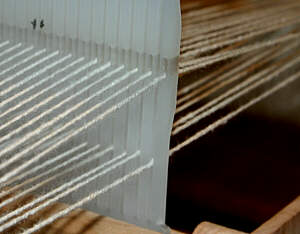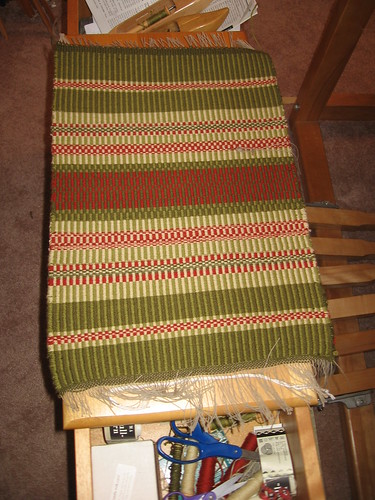 While looking at the “Equestrian Figure” of the Jenne people(s) of
While looking at the “Equestrian Figure” of the Jenne people(s) of 
 While looking at the “Equestrian Figure” of the Jenne people(s) of
While looking at the “Equestrian Figure” of the Jenne people(s) of 
This week was heavily about Masquerades. We learned about the Baule, Bamana, and Bawa people(s). We also read an article by Herbert Cole titled, "Introduction: The Mask, Masking, and Masquerade in Africa". Something that I found to be very interesting in this article was when Cole talked about a hypothesis that, "women first had the secret of masks" (Cole 15). He talked about how the men felt women were very powerful, powerful enough that the men “…avenged this awesome feminine power by forming secret associations and taking control of cults, some of which used masks” (Cole 15). I liked this hypothesis because it does help one try to understand or make sense of why men do most of the dancing and women many times are not allowed to.
I also liked his quote, “Masquerades are probably Africa’s most resilient art form, continually evolving to meet new needs” (Cole 16). I chose to like this quote because it emphasizes the continuing change in African art. It may help some realize that Africa is not a stagnant continent full of multiple countries, but that Africa is as ever-changing as Americans may be in many ways.
An example of change in the masks of the Bwa would be that of the serpent mask. These masks have grown taller and taller because of the belief behind them. In a very short version one village created a serpent mask because it was commissioned by the serpent after the mask was made many of the men found women and were married. Other villages caught wind of this and their spirit diviners told them to make a mask that was taller and that would bring them luck with women. One village can be seen affecting another village.
The Baule people have masquerades that mark change and also celebrate life and wisdom. The Goli is a dance that has four pairs of maskers each pair marks a change in age and maturity.
The Bamana have masquerades that mark change. The Ndomo and the Ci Wara are age grades that are used to make boys men and girls women. Many of the masks represent balance, a balance that is found with women and men. They believe in the need for a man and women to be together to have balance and reproduce.
This article also talked about when these masks are taken and put in museums. Putting these masks in an art gallery may not be the best way to show them to others. Cole talks about how when a masker dances a mask that person becomes the spirit/character the mask represents. The dancer is no longer themself. And it is not just the mask that is important. The audience, drummers, and clothing are equally as important as the mask. When a mask is taken from its surroundings it is a mask, but masks are a part of masquerades and these are so much more important and interesting. Not many people would know this by seeing just a mask. In essence putting a mask on display is not teaching us the real meaning of masquerades. I by reading watching and listening in class this week have only begun to understand masquerades. I know that I would not have learned much of this just by visiting a museum and looking at a mask.

